Check Out Our Latest Home For All Of Us Campaign: Race and Color
The latest phase of LIBOR's Home For All Of Us fair housing campaign addresses our commitment to ensuring people can choose where they live no matter their race or color.
Fair Housing
Long Island Board of REALTORS® is committed to fair housing for everyone. By ensuring that everyone can choose where they want to live, those of us who call Long Island home have an opportunity to build stronger communities, support more stable neighborhoods and create a more attractive environment for businesses to relocate and grow.
LIBOR is Proud to Support

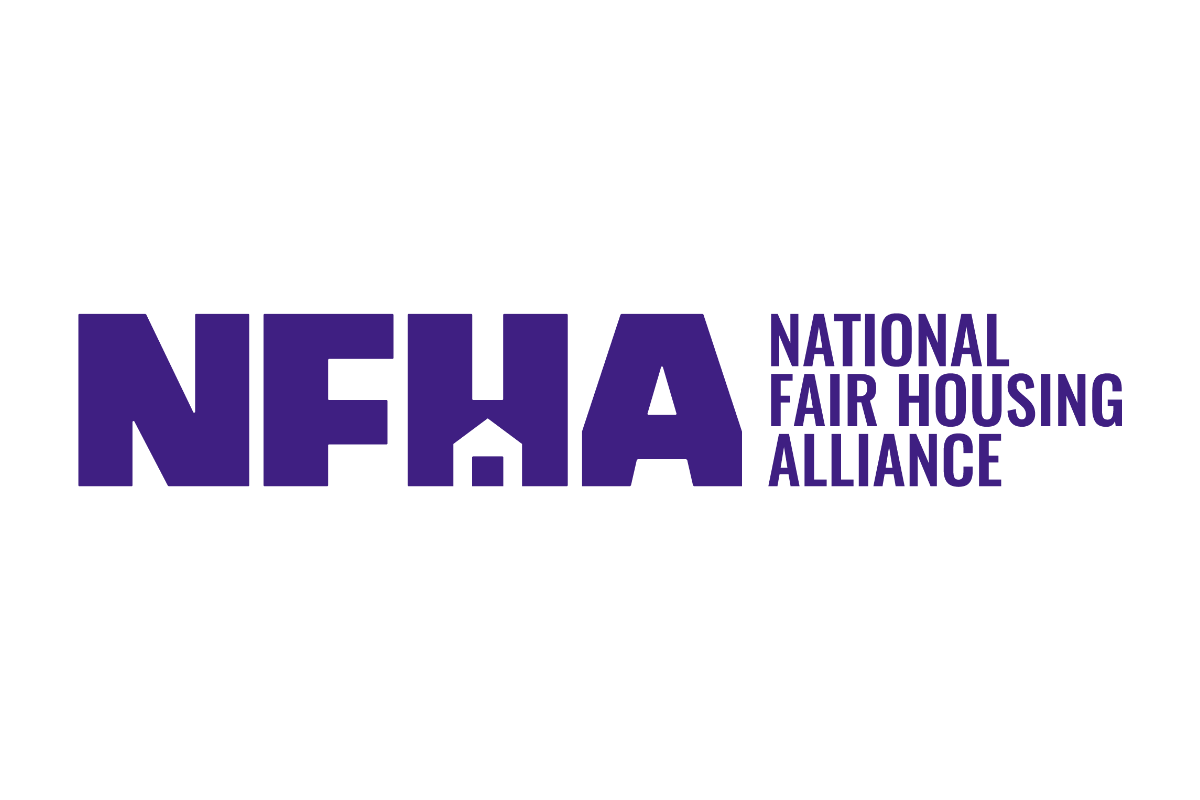
Homeforallofus.org
LIBOR’s Fair Housing info site for consumers.
Fair Housing Education for REALTORS®
As a valued member of the Long Island Board of REALTORS®, you play a crucial role in promoting fair housing for all residents of Long Island. LIBOR provides comprehensive fair housing training to keep you updated on the latest laws and best practices, empowering you to uphold fair housing standards in all your transactions with buyers and sellers.



Required Fair Housing Notices
Required Fair Housing Notices
Fair Housing Downloads for REALTORS®
Co-Branded Resources
Protect Your Clients and Colleagues
Download and co-brand our customizable Seller Obligations and Landlord Obligations flyers and include with your marketing packets to help ensure housing is being offered in ways that treat all people equitably.
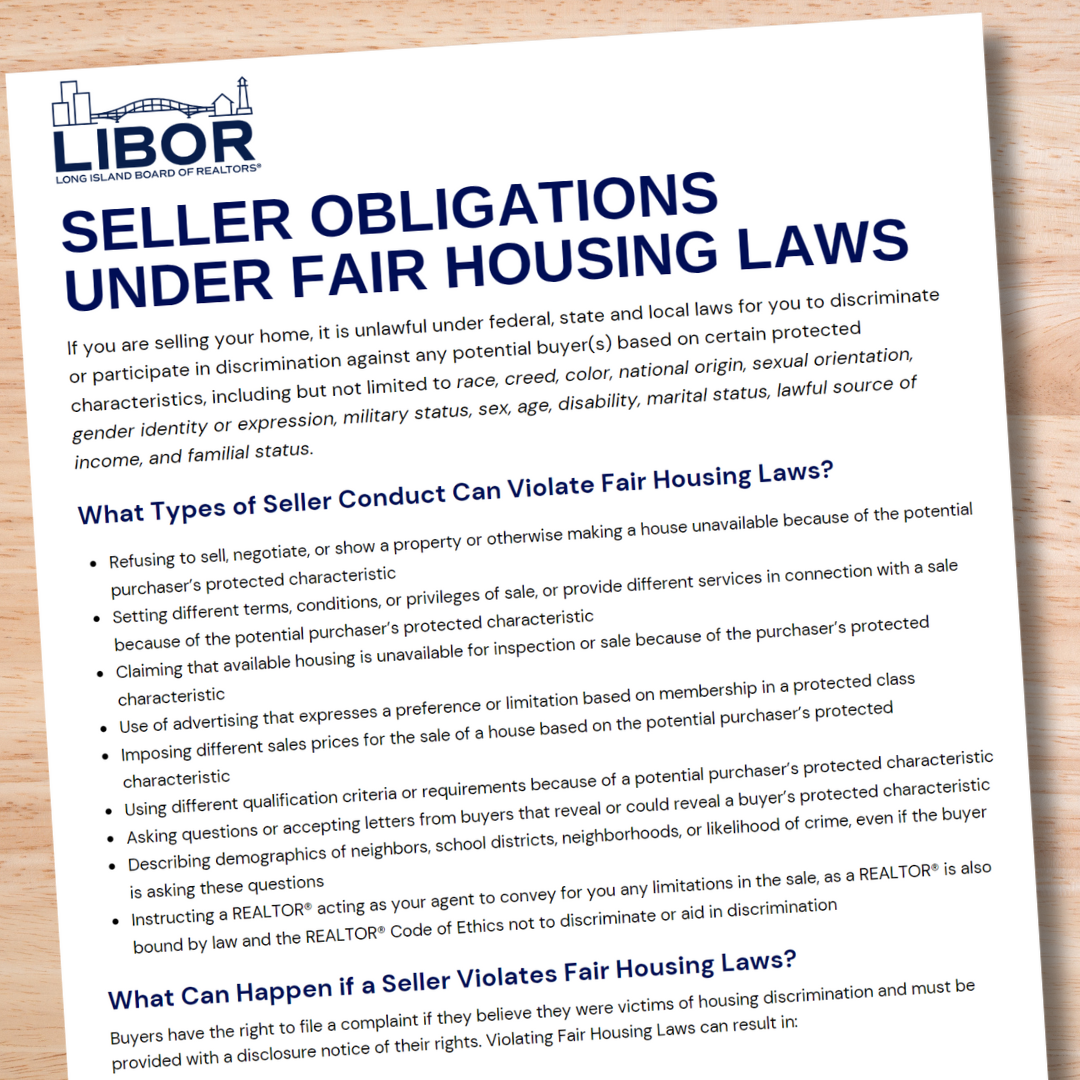
Seller Obligations
Under the Law
Download the PDF ⭳
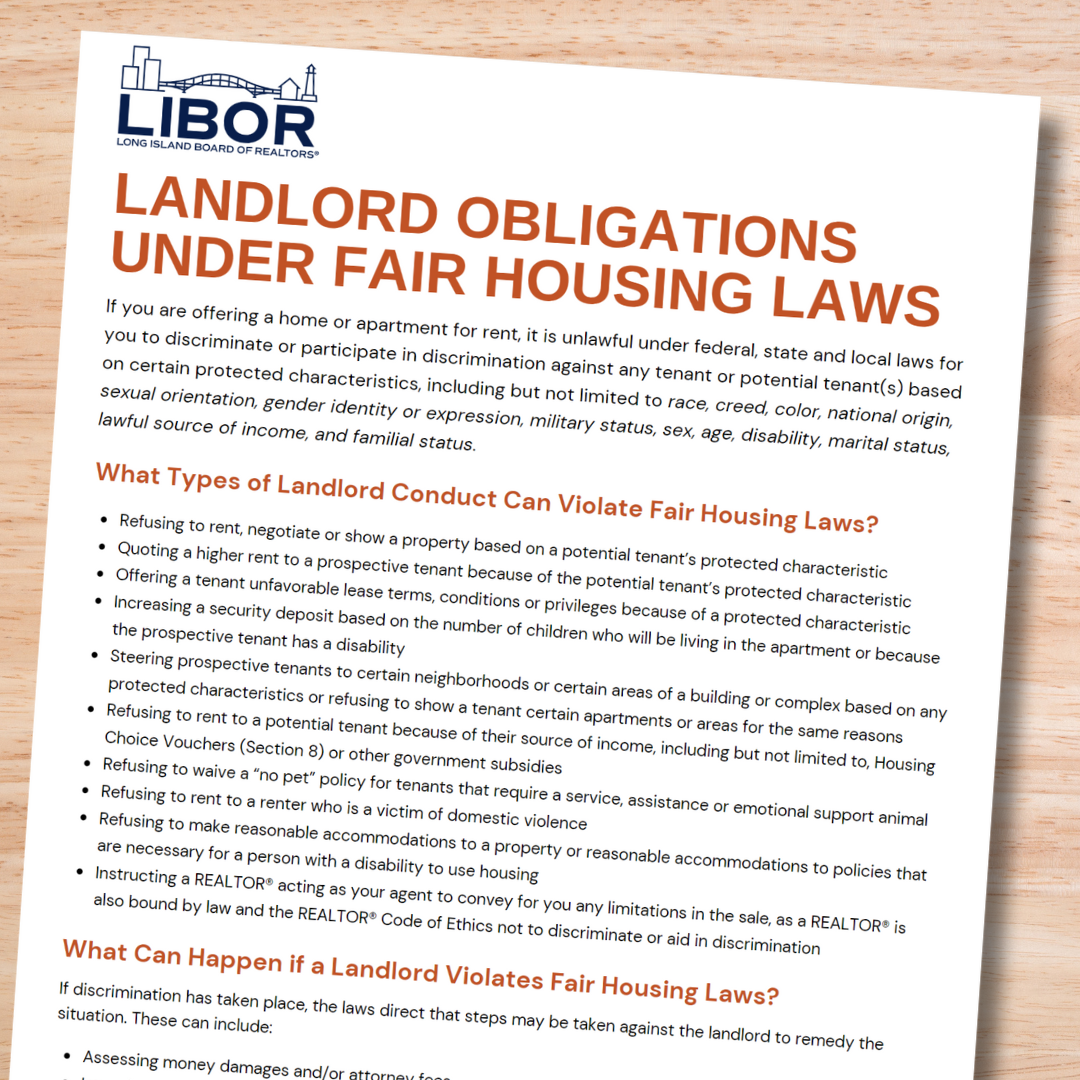
Landlord Obligations
Under the Law
Download the PDF ⭳

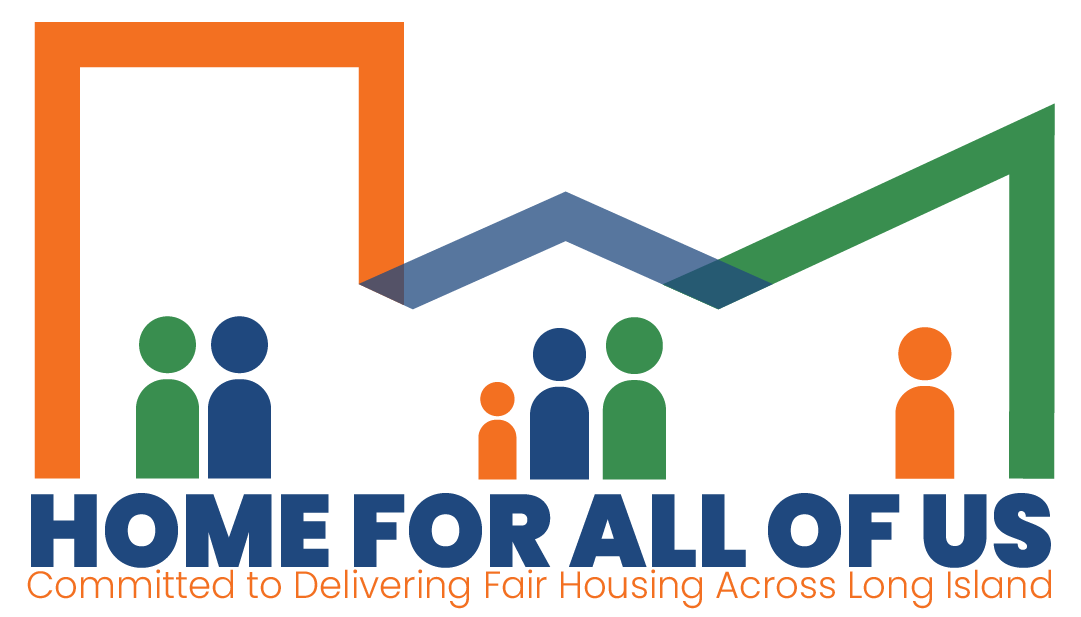













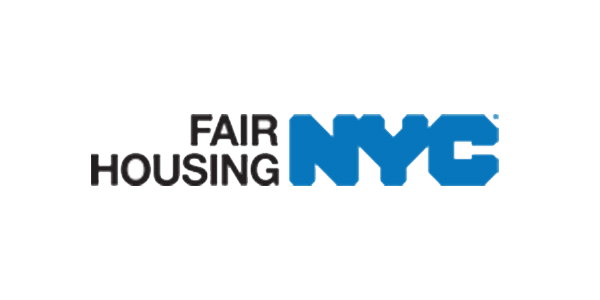

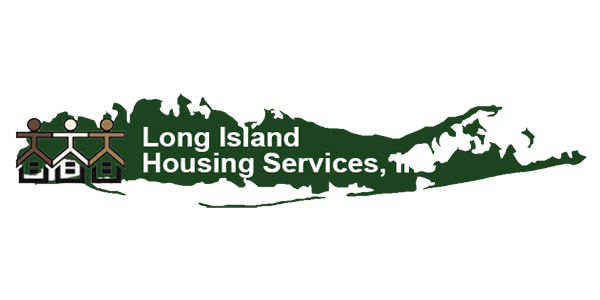
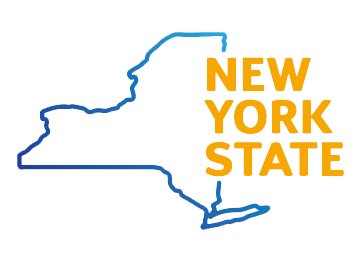
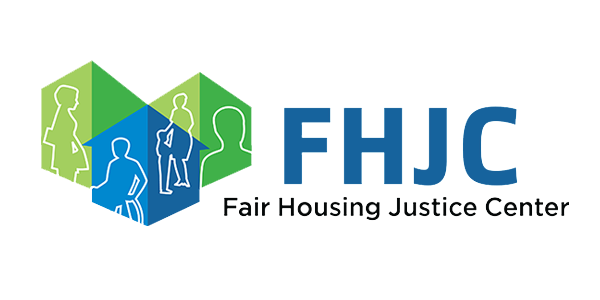
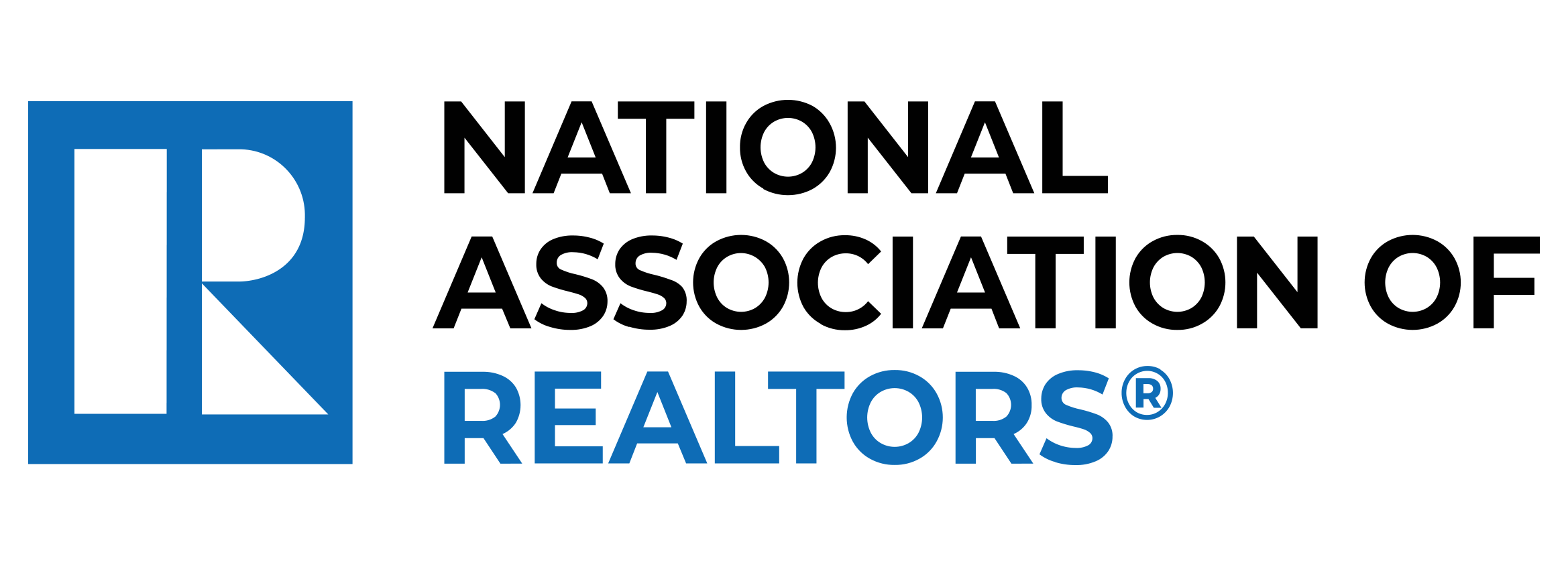


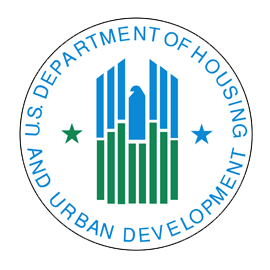
.gif?sfvrsn=2a7bfa72_0)
